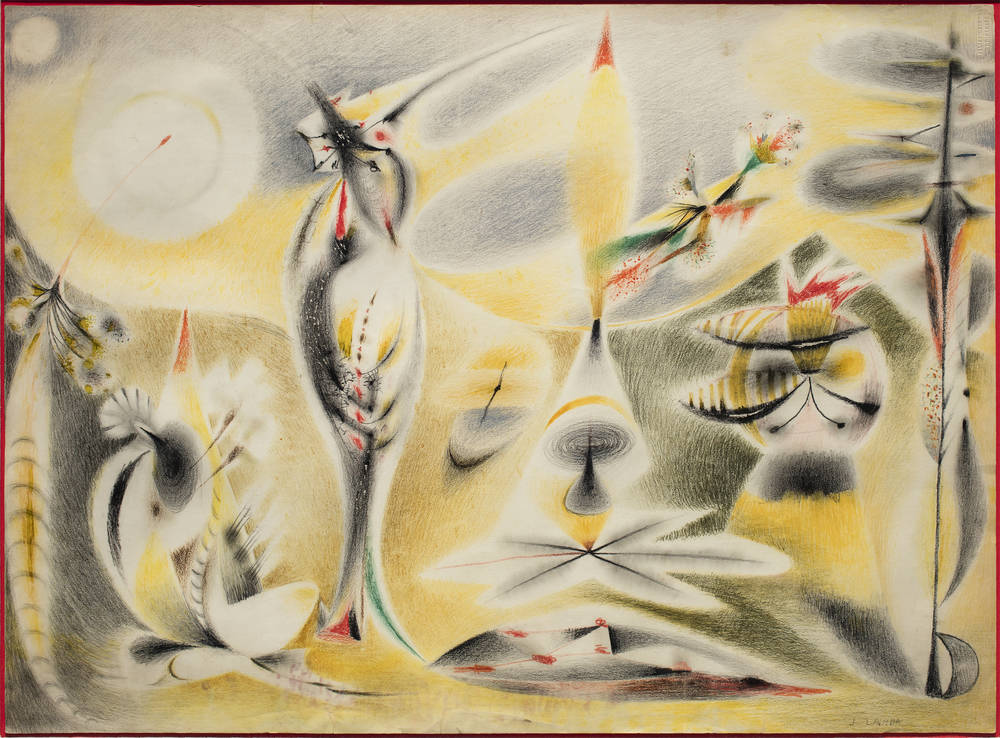After the outbreak of World War II, Mexico developed into a new center of the surrealist avant-garde. It was only here that many women artists found the freedom to reinvent themselves.
Between 1939 and 1953 a group of women artists associated with Surrealism arrived in Mexico and adopted the country as their home for the rest of their lives. Described by André Breton as “the land of convulsive beauty,” Mexico with its exuberant nature, the vast wealth of its pre-Columbian history and mythology, the power of its culture to conciliate life and death, its traditional celebrations and folk art, already had a privileged place in the surrealist imagination.
The attraction grew considerably after André Breton and his wife, the French painter, Jacqueline Lamba visited the country in 1938. Upon their arrival the Bretons were received by Frida Kahlo and Diego Rivera and were immediately taken over by their magnificent Casa Azul (Blue House, today the Frida Kahlo museum) with its tropical gardens full of exotic flowers, birds, monkeys and pre-Hispanic idols. Breton´s impressions of Mexico surpassed in splendor what he had dreamed of and soon after his return to Europe, he wrote his famous article “Souvenir du Mexique” published in the journal Minotaure.
It is profusely illustrated with photos by Mexican photographer Manuel Álvarez Bravo and the Belgian artist Raoul Ubac of local landscapes, people in markets and street scenes, paintings by Diego Rivera, votive paintings and folk art used for ritual purposes such as the sugar cranes for the Day of the Death, the review offers a detailed description of Breton´s journey in this fantastic and mysterious place.
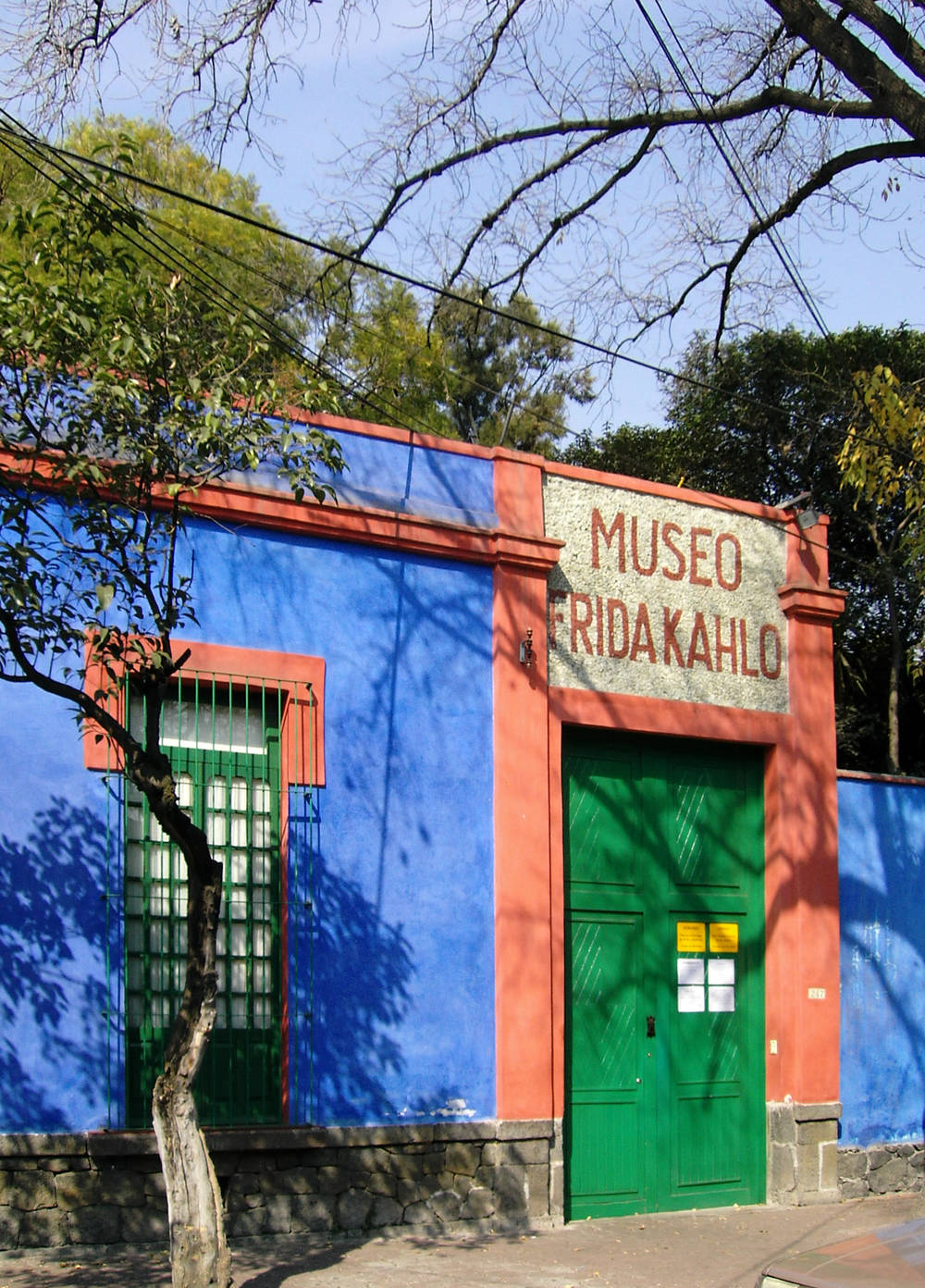
A year later, following her first solo show at the Julien Levy Gallery in New York, Kahlo presented her paintings in the group exhibition entitled Mexique at the Renou & Colle Gallery in Paris. Organized by Breton and Marcel Duchamp, it attracted the attention of the avant-garde artists and Kahlo suddenly found herself immersed within the Surrealist milieu.
Through Lamba, she met the French poet Alice Rahon, wife of the Austrian Surrealist painter and theorist Wolfgang Paalen, as well as Spanish painter Remedios Varo, partner of the surrealist poet Benjamin Péret. Like many Surrealists, the Paalens took a profound interest in ancient cultures, but it was surely Kahlo´s invitation to visit Mexico that prompted them to leave Europe before the war started.
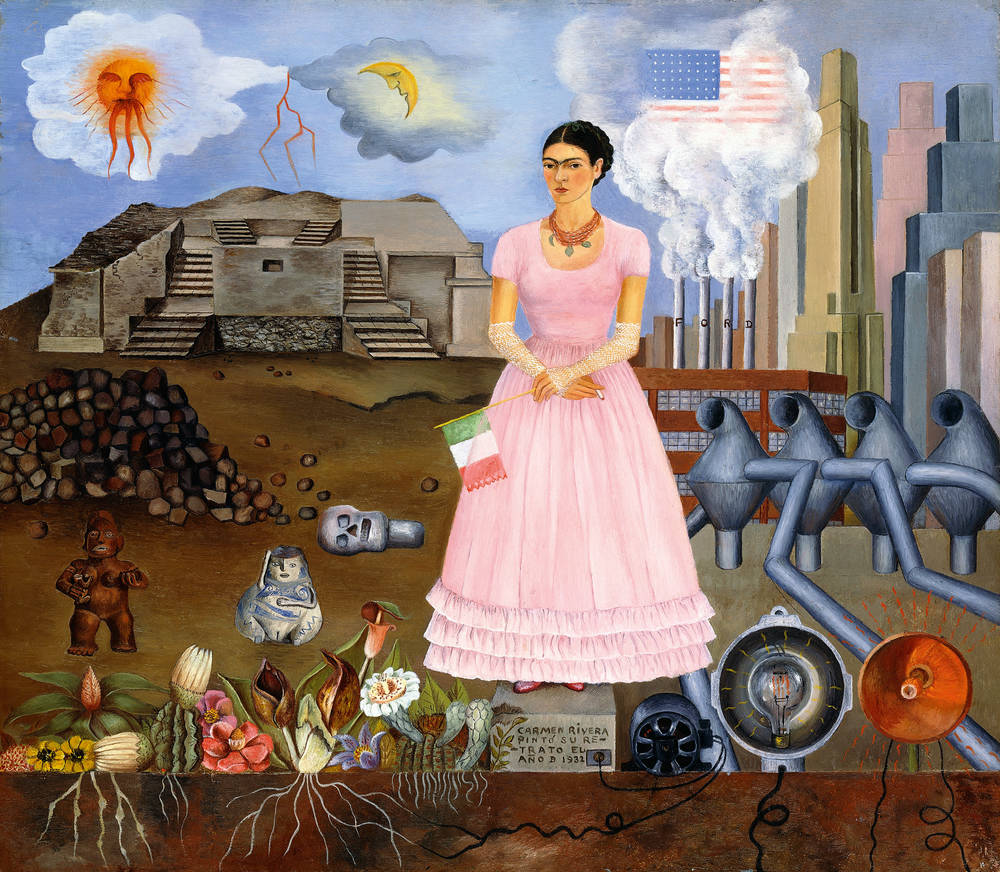
At the outbreak of World War II, most artists were focusing on New York City which was turning into the new art capital after Paris. Major patrons of the arts such as Peggy Guggenheim and the director of the MoMA, Alfred Barr, were based in New York City and actively involved to bring artists and intellectuals into the United States with the help of the Emergency Rescue Committee. Even with substantial resources coming from the USA, some surrealists were denied visas due to their association with the communist party.
Despite great support, many artists were denied entry to the United States
Mexico was far more welcoming. At the end of the 1930s, President Lázaro Cárdenas’ immigration policies opened the country´s borders to Republican refugees from the Spanish Civil War and to those trying to flee World War II, regardless of their political affiliations. The Paalens were the first Surrealist artists to arrive, accompanied by the Swiss photographer Eva Sulzer. They settled in San Ángel in the south of the city, not far from Kahlo´s studio. Varo and Péret joined them in 1941. They settled into an old vecindad (tenement building) on Gabino Barreda Street, in the San Rafael neighborhood, that become the hub of the Surrealists in exile.
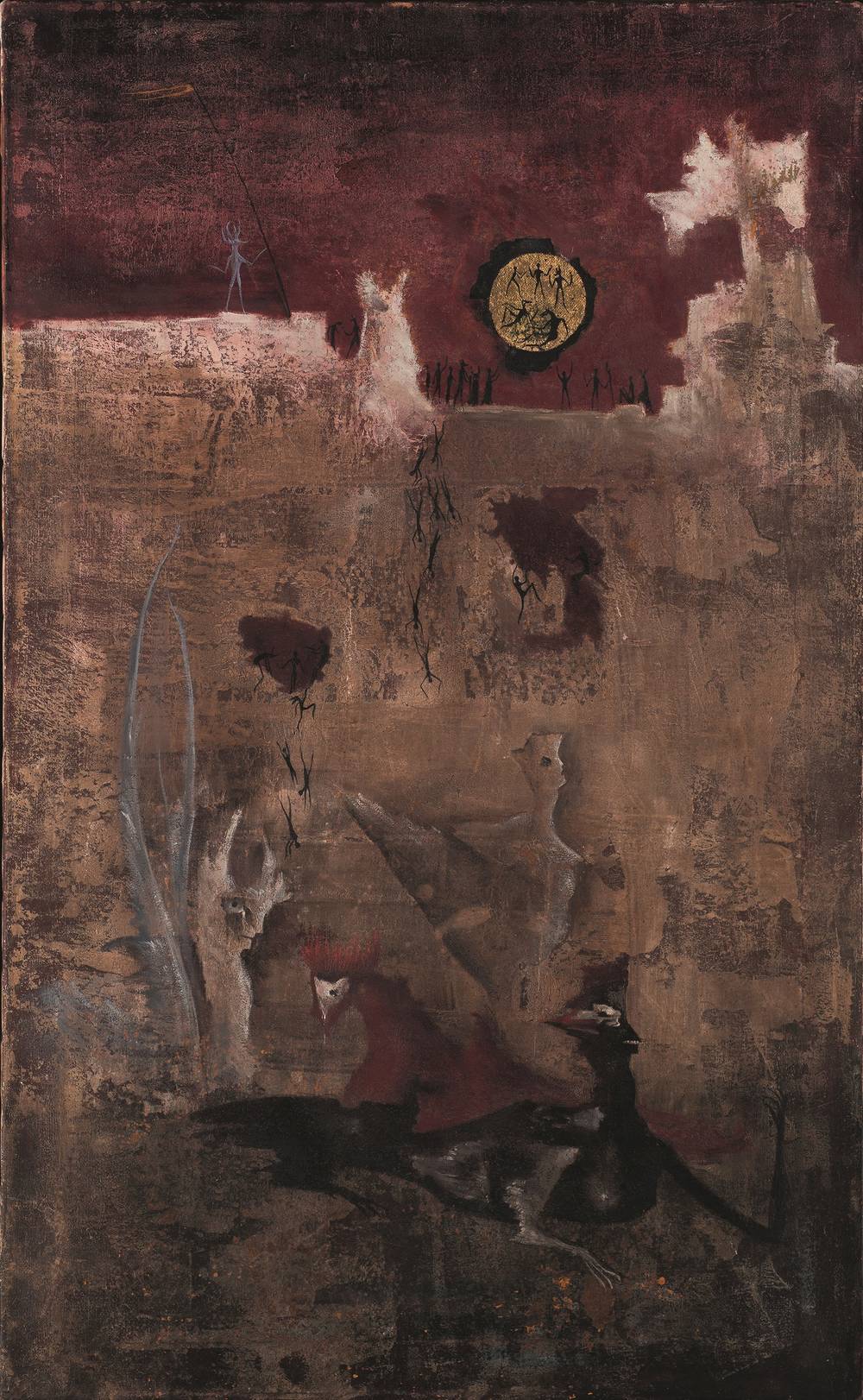
Varo transformed their modest apartment into a magical place full of cats, crystals and talismans and was visited regularly by the painter Leonora Carrington, who arrived more than a year later. Carrington and Varo had met briefly in Paris at the Surrealist café meetings, but it was in Mexico where they became best friends. Together they embarked on adventures that took them through old towns where ancestral magic was still practiced and to the old markets of Mexico City in search of herbs and recipes for culinary experiments. They were soon joined by the Hungarian photographer Kati Horna and years later by Bridget Tichenor, a French-British artist who arrived in 1953 from New York.
In Mexico, artists found the freedom they needed to develop independently
Surrealism was the first art movement to include a significant number of women in its ranks. Though at first they were rather regarded as “muses” than as artists in their own right, they found the freedom to express themselves through deeply personal languages in Mexico. There is a surprising number of portraits and self-portraits that show how these women artists followed Kahlo and subverted the canon to delve into an exploration of their psyches, charged with symbols and personal myths, and to generate a discourse of female empowerment. This is precisely what brought this group of women together.
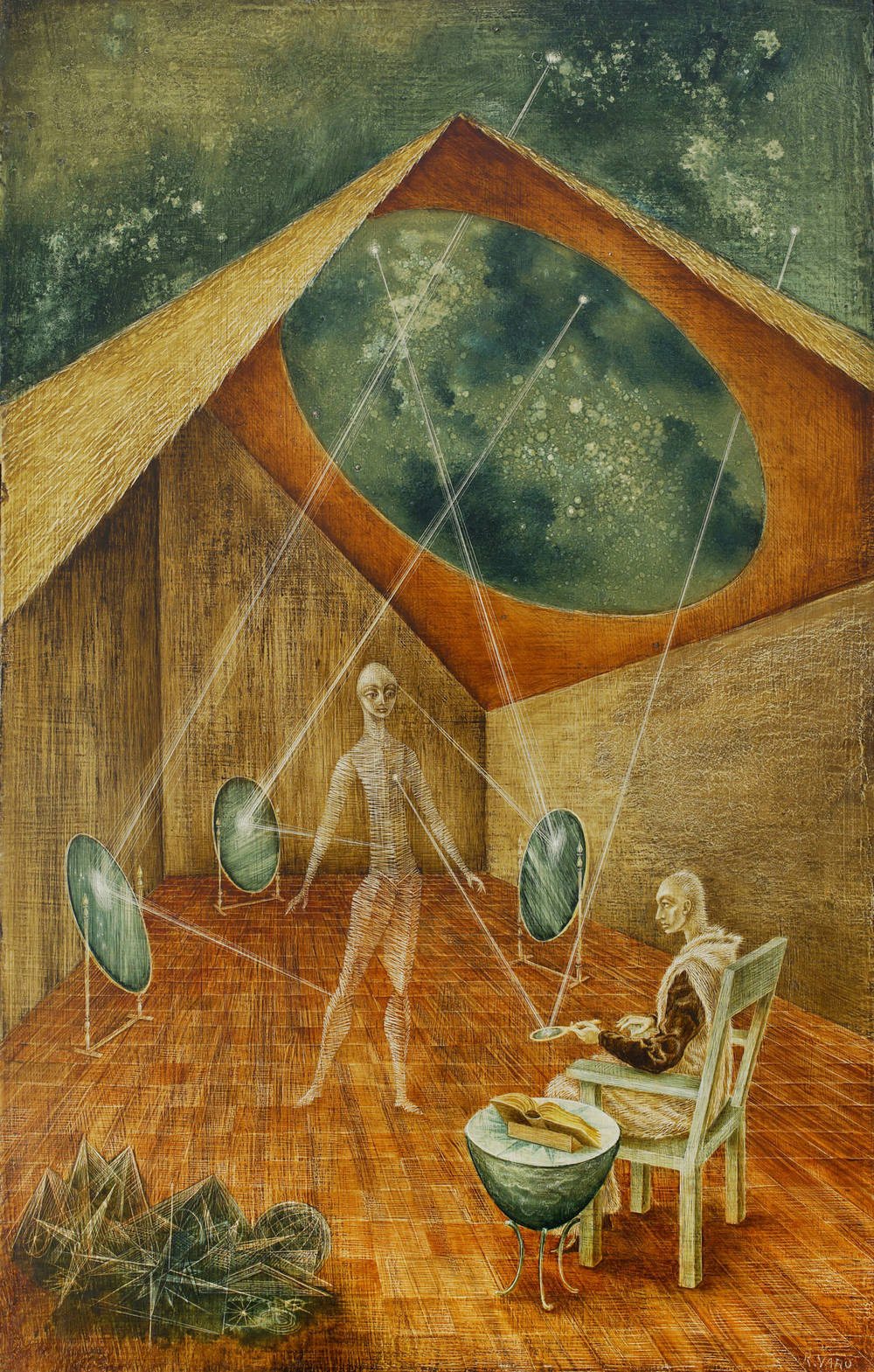
They all had a profound interest in the world of magic and occultism, they imbibed knowledge from esoteric sources as diverse as mythology, tarot, alchemy, astrology, Kabbalah, Buddhism, Hinduism and ideas related to the evolution of consciousness as proposed by the Russian mystics Georges I. Gurdjieff Peter and P.D. Ouspensky.
Physically away from Paris these women artists and their partners found a place of reinvention in their Mexican exile. They constructed new identities that affirmed their independence and imagination and their creativity flourished. The poet Juan Larrea rightly observed that the Western culture was renewed by the contact with the New World, as it offered the place where dream and reality could at last be resolved, within the perfect, surreal land.
